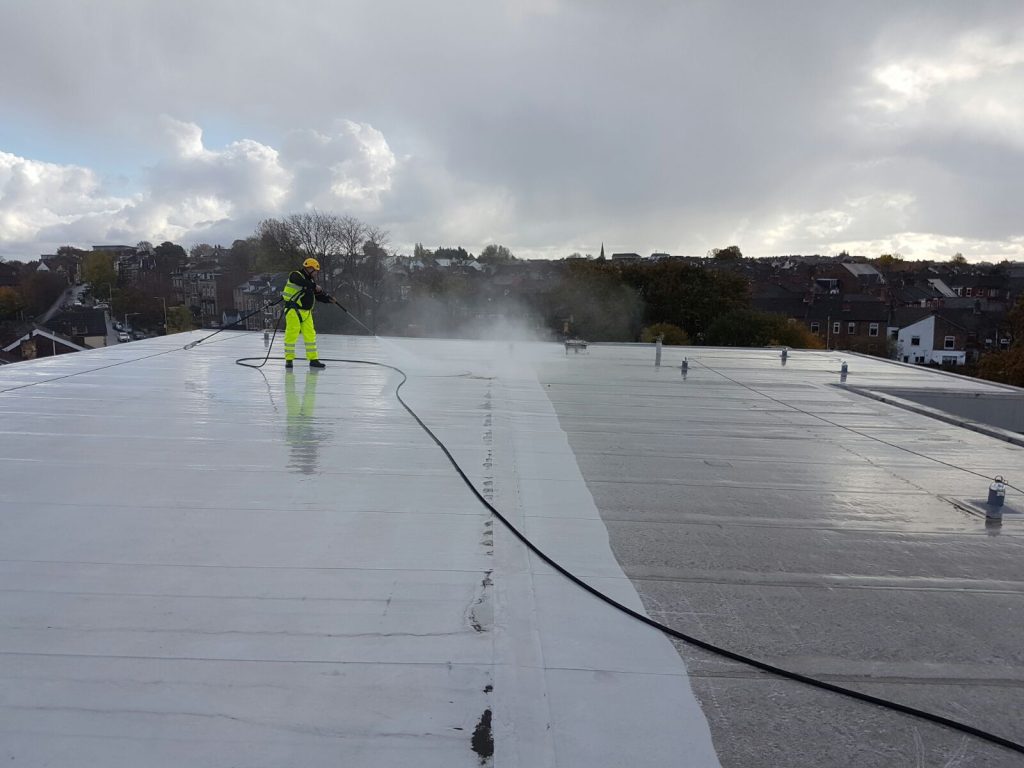Crane kits are essential components in the modern construction industry, revolutionizing how projects are executed and managed. These kits provide a versatile and efficient solution for lifting, moving, and positioning heavy materials on construction sites, which is critical given the scale and complexity of contemporary building projects. At the heart of the construction process, crane kits facilitate the handling of large structural elements, such as steel beams, precast concrete panels, and heavy machinery. Their ability to streamline operations contributes significantly to time savings and productivity on-site. One of the primary advantages of crane kits is their adaptability. Available in various configurations, these kits can be tailored to suit specific project requirements. Whether a construction site demands a tower crane for vertical lifts or a mobile crane for maneuverability, the flexibility of crane kits allows contractors to choose the right equipment for the job. This customization extends to load capacities, reach, and operational speed, enabling teams to work efficiently under varying site conditions. Moreover, advancements in technology have led to the development of crane kits equipped with smart features, such as load monitoring systems and automated controls, enhancing safety and operational precision.

Safety is a paramount concern in construction, and crane kits play a vital role in mitigating risks. The inherent design of these polipasto eléctrico kits often includes safety features such as overload protection, emergency stop systems, and robust stabilization mechanisms. By ensuring that cranes operate within their specified limits, these safety measures protect both workers and the integrity of the materials being handled. Furthermore, regular maintenance and inspection of crane kits are facilitated by standardized designs, allowing teams to identify potential issues before they escalate into serious problems. This proactive approach to safety not only reduces the likelihood of accidents but also ensures compliance with industry regulations and standards. The economic implications of using crane kits in construction are significant as well. By increasing efficiency and reducing labor costs, these kits contribute to the overall profitability of construction projects. With the capability to lift and position heavy materials quickly, crane kits minimize the time required for tasks that would otherwise necessitate extensive manpower.
This reduction in labor needs can lead to substantial cost savings, allowing projects to stay within budget and timelines. Additionally, by enhancing workflow efficiency, crane kits enable construction companies to take on more projects simultaneously, thereby increasing their market competitiveness. In conclusion, crane kits are indispensable in the construction industry, embodying the intersection of innovation, safety, and efficiency. As construction projects grow in scale and complexity, the role of crane kits becomes increasingly crucial. Their versatility, adaptability, and economic benefits make them a vital asset on construction sites. By enhancing safety protocols and facilitating efficient material handling, crane kits not only improve the workflow of construction projects but also ensure that teams can meet the evolving demands of the industry. As technology continues to advance, the potential for crane kits to further optimize construction processes remains promising, solidifying their role as a cornerstone of modern construction practices.

 Purchasing heavy machinery like a cherry picker can be a significant investment, especially for small to mid-size projects. Renting offers a cost-effective solution, giving you access to high-quality equipment without the upfront expense of ownership. With our rental service, you can use the cherry picker for the duration of your project and return it once you are done no need to worry about maintenance or long-term storage. Additionally,
Purchasing heavy machinery like a cherry picker can be a significant investment, especially for small to mid-size projects. Renting offers a cost-effective solution, giving you access to high-quality equipment without the upfront expense of ownership. With our rental service, you can use the cherry picker for the duration of your project and return it once you are done no need to worry about maintenance or long-term storage. Additionally,